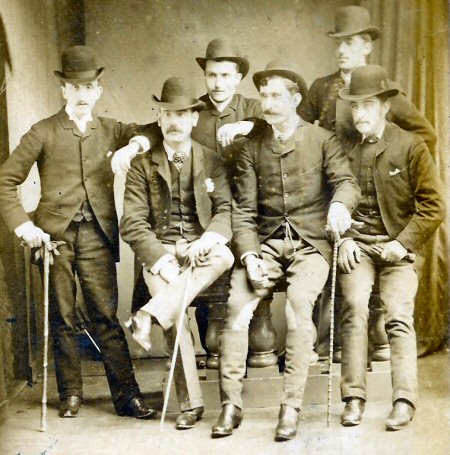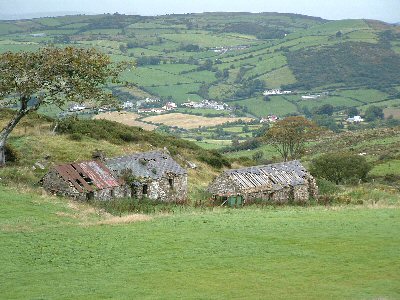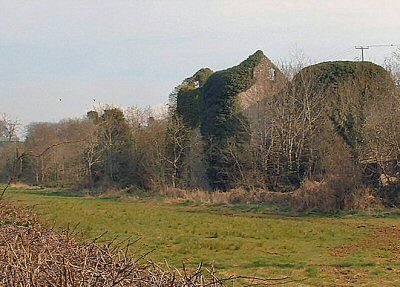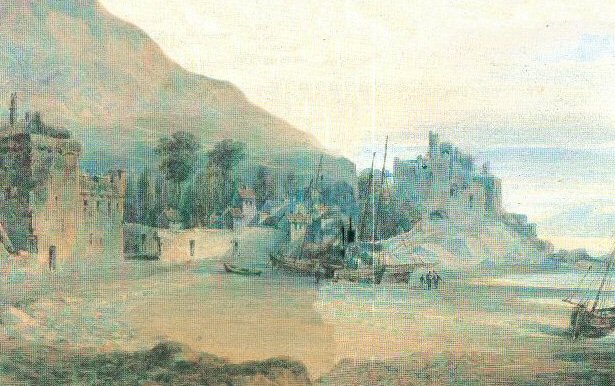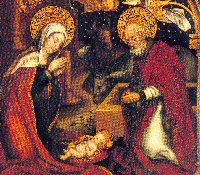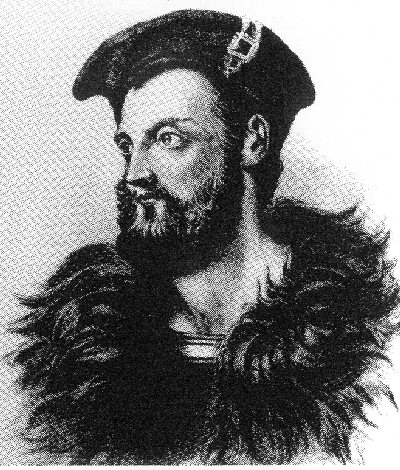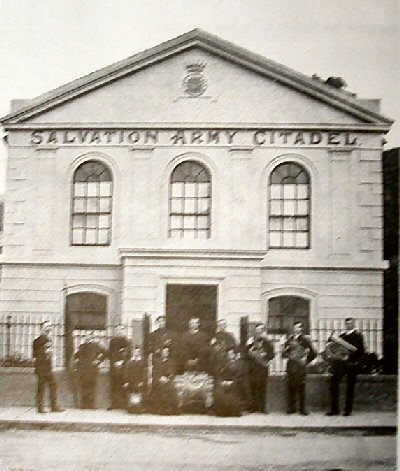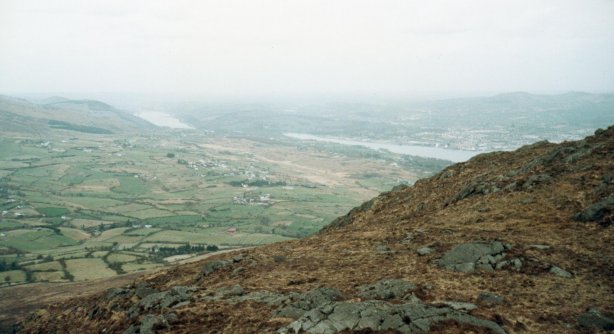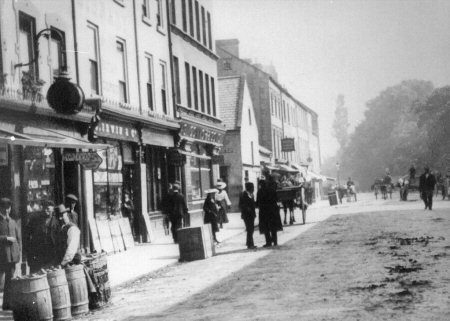It was almost a century ago. 1908 to be precise. Here are a few news headline snippets, month by month.
History
Crossmaglen Evictions 1888
The last two decades of the nineteenth century saw pivotal change that presaged the revolution to come. The founding of the Home Rule League in 1873 began a decade of agitation centring on this, and on the land question, under the leadership of Michael Davitt of the Land League.
Parnell led eighty-five Home Rulers at Westminster. John F Small’s election as nationalist M.P. for South Down followed the reform and extension of the franchise in 1884. The introduction of a bill by British Prime Minister William Gladstone in 1886 to grant Home Rule to Ireland precipitated a crisis. He had already set out on a course to settle the land question in Ireland. There was also the beginning of a Gaelic revival, and the Fenian question had never quite gone away. Yet all the while mass emigration continued apace and those who stayed on to work the land continued to labour under iniquitous landlords imposing rack rents for land that was never rightfully theirs.
Pitch-capped at Grinan
Nor – on that dire and fateful day in 1797, did the townland of neighbouring Grinan escape unscathed, for the Ancient Britons returned to town via that route.
Lewis’s Topographical Dictionary 1837
By way of contrast with Dr Pococke’s jaundiced, personal account of Irish towns (see previous entry on Carlingford) – and indeed those of other English travellers in Ireland in the 17th-19th centuries – Samuel Lewis’s Topographical Dictionary (1837) was a disciplined, informative account from a publisher who also produced similar works on England, Wales and Scotland.
Bridgit: Goddess?
It was not unknown historically, for Christian authorities to vest in their holy people many of the characteristics of the more ancient gods and goddesses beloved of the people.
Shane O’Neill Ireland
Shane O’Neill’s career was marked by his ambition to be The O’Neill – chief of the O’Neills. This brought him into conflict with competing branches of the O’Neill family and with the royal government in Ireland which recognised a rival claim.
The English though, thought Shane’s support worth gaining even during the lifetime of his father who was Conn O’Neill and who died in 1559. The Earl of Sussex (Thomas Radclyffe) who was made Lord Deputy in Ireland in 1556 was authorised to make overtures to Shane but these were rejected. Shane refused to help the English against some Scottish who had settled on the Antrim coast, allying himself instead with the MacDonnells, the most powerful of these immigrants.
The English since the late 1530s had been expanding their control over Ireland. To incorporate the native Irish Lordships, they granted English titles to Irish Lords – thus making Conn Bacach O’Neill, Shane’s father the first Earl of Tyrone. However, whereas in Gaelic custom, the successor to a chiefship was elected from his kinsmen, the English insisted on succession by primogeniture. This created a conflict between Shane, who wanted to be Chief, and the Earl’s elder but illegitimate son, Matthew (or Fear Dorcha O’Neill (the Earl’s eldest son Phelim O’Neill was killed on a raid in 1542)).
Shane O Neill in Ireland
Shane’s mother Alice Fitzgerald, Tyrone’s first wife, was born the daughter of the 7th Earl of Kildare, and his stepmother was the daughter of Hugh Boy O’Neill of Clanaboy. She died shortly afterwards and Shane was fostered by the Donnelly family, who raised him until his early teenage years. Conn O’Neill’s illegitimate son Matthew was chosen to be raised at the English court which declared him heir to Conn over Shane. On his father’s death Matthew became Baron of Dungannon. He was murdered by Shane, and the title passed to Brian, Matthew’s son, who was then also murdered by Shane. In 1562, the title passed to Hugh O’Neill, Matthew’s youngest son who had been taken to the Pale to be raised as English by Sir Henry Sidney in 1559, stayed at the English court and was protected there while Shane established his local supremacy.
Having eliminated his rivals, Shane was elected The O’Neill. While in English law this was an illegal usurpation, according to Gaelic Irish custom Shane had just as good a claim to be The O’Neill as any of his rivals.
Although Shane had allied himself with the Scottish MacDonnell clan (who had settled in Antrim) against the new Queen Elizabeth [1558-1603] she chose initially to come to terms with Shane, who after his father’s death functioned as de facto chief of the formidable O’Neill clan. She accordingly agreed to recognize his claims to the chiefship, thus throwing over Brian O’Neill, son of the murdered Matthew, Baron of Dungannon, if Shane would submit to her authority and that of her deputy. O’Neill, however, refused to put himself in the power of Sussex without a guarantee for his safety; and his claims in other respects were so exacting that Elizabeth consented to measures being taken to subdue him and to restore Brian.
An attempt to foment the enmity of the O’Donnells against him was frustrated when Shane’s captured Calvagh O’Donnell whom he kept a close prisoner for nearly three years. Elizabeth, whose prudence and parsimony were averse to so formidable an undertaking as the complete subjugation of the powerful Irish chief, desired peace with him at almost any price; especially when the devastation of his territory by Sussex brought him no nearer to submission. Sussex was indignant at Shane’s request for his sister’s hand in marriage, and his demand for the withdrawal of the English Armagh garrison. He received no support from the Queen, who sent the Earl of Kildare to arrange terms with O’Neill. The latter, making some trifling concessions, consented to present himself before Elizabeth.
Accompanied by the Irish Earls of Ormonde and Kildare, he reached London on 4th January 1562. The historian William Camden describes the wonder which O’Neill’s wild gallowglass soldiers occasioned in the English capital, with their heads bare, their long hair falling over their shoulders and clipped short in front above the eyes, and clothed in rough yellow shirts. Elizabeth was less concerned with the respective claims of Brian and Shane, the one resting on an English patent and the other on Gaelic custom, than with the question of policy involved in supporting or rejecting the demands of her proud suppliant. Characteristically, she temporized; but finding that O’Neill was in danger of becoming a tool in the hands of Spanish intriguers, she permitted him to return to Ireland, recognizing him as “The O’Neill” and chief of Tyrone. Meantime Hugh O’Neill had succeeded his brother Brian as baron of Dungannon, Brian having been murdered in April 1562 by Turlough Luieach O’Neill, his kinsman. At that time he was even designated the 2nd Earl of Tyrone, but the grant was never delivered, as Shane went back into rebellion.
There were at this time three powerful contemporary members of the O’Neill family in Ireland – Shane, Sir Turlough and Brian, 1st Baron of Dungannon. Turlough had been elected tainiste or tanist (second and successor) when his cousin Shane was inaugurated as The O’Neill, and he schemed to supplant him in the higher position during Shane’s absence in London. The feud did not long survive Shane’s return to Ireland where Shane quickly re-established his authority, and in spite of Sussex, renewed his warfare against the O’Donnells and the MacDonnells to force them to recognise O’Neill supremecy in Ulster. Elizabeth at last authorized Sussex to take the field against Shane, but two separate expeditions failed to accomplish anything except some depredation in O’Neill’s country.
Sussex had tried in 1561 to procure Shane’s assassination with poisoned wine, and Shane now laid the whole blame for his lawless conduct on the lord deputy’s repeated alleged attempts on his life. Force having ignominiously failed, Elizabeth consented to treat, and hostilities ceased on terms that gave O’Neill practically all his demands.
O’Neill now turned his hand against the MacDonnells, claiming that he was serving the Queen of England in harrying the Scots. He fought an indecisive battle with them near Coleraine in 1564, and the following year marched from Antrim through the mountains by Clough to the neighborhood of Ballycastle, where he routed the MacDonnells at the Battle of Glentasie – and took Sorley Boy prisoner.
This victory greatly strengthened Shane O’Neill’s position, and Sir Henry Sidney, who became lord deputy in 1565, declared to the Earl of Leicester that the devil himself was not more puffed up with pride and ambition than O’Neill. Preparations were made in earnest for his subjugation. O’Neill built a castle at Fathom from which he harassed the English garrison in Newry. He ravaged the Pale, failed in an attempt on Dundalk, made a truce with the MacDonnells, and sought help from the Earl of Desmond. The English, on the other hand, invaded Donegal and restored O’Donnell.
Failing in an attempt to arrange terms, and also in obtaining the help which he solicited from France, O’Neill was utterly routed by the O’Donnells at the Battle of Farsetmore near Letterkenny; and seeking safety in flight, he threw himself on the mercy of his enemies, the MacDonnells. Attended by a small body of gallowglasses, and taking his prisoner Sorley Boy with him, he presented himself among the MacDonnells near Cushendun, on the Antrim coast. Here, June 1567 whether by premeditated treachery or in a sudden brawl, he was slain by the MacDonnells, and was buried at Glenarm. The MacDonnells, hoping to ingratiate themselves with the English, who wanted to expel their clan from Ireland, sent O’Neill’s severed head to their Dublin government.
In his private character Shane O’Neill was perceived by the English as a brutal, uneducated savage. However, Irish history is often written by English historians. Shane was tough, but a brilliant politician and fighter at times. He divorced his first wife, a daughter of James MacDonnell, and treated his second, a sister of Calvagh O’Donnell, with cruelty in revenge for her brother’s hostility. Calvagh himself, when Shane’s prisoner, was subjected to continual torture. Calvagh’s wife was his mistress, by whom he had several children, and who he married in 1565. He frustrated the English to no end with his ability to defeat them in the field and then again at Court. His death was greeted with great pleasure in London.
Shane was succeeded as The O’Neill by his tanist, Turlough Luineach O’Neill. He had many sons, who were known as the “Mac Shanes” – or Gaelic for the sons of the Shane. They tried to succeed Turlough, but were defeated in another bout of inter-O’Neill warfare in the 1580s by Hugh O’Neill, whose father Matthew and brother Brian had been murdered by Shane.
Hugh of course would become the Great O’Neill and wage the Nine Years War against the English.
... Owen Roe O’Neill …
‘series’ with more detail ?
Hatless in Court
More weighty affairs at the Local assizes 50 years ago!
Judge Hanna at Newry Quarter Sessions on Monday again referred to lady witnesses …
Cullyhanna Outrage
The Low Ground
A popular ‘photograph’ of Old Newry carries the image on women in 1828 washing clothes in the Mill Race which continued past the site in Trevor Hill into
